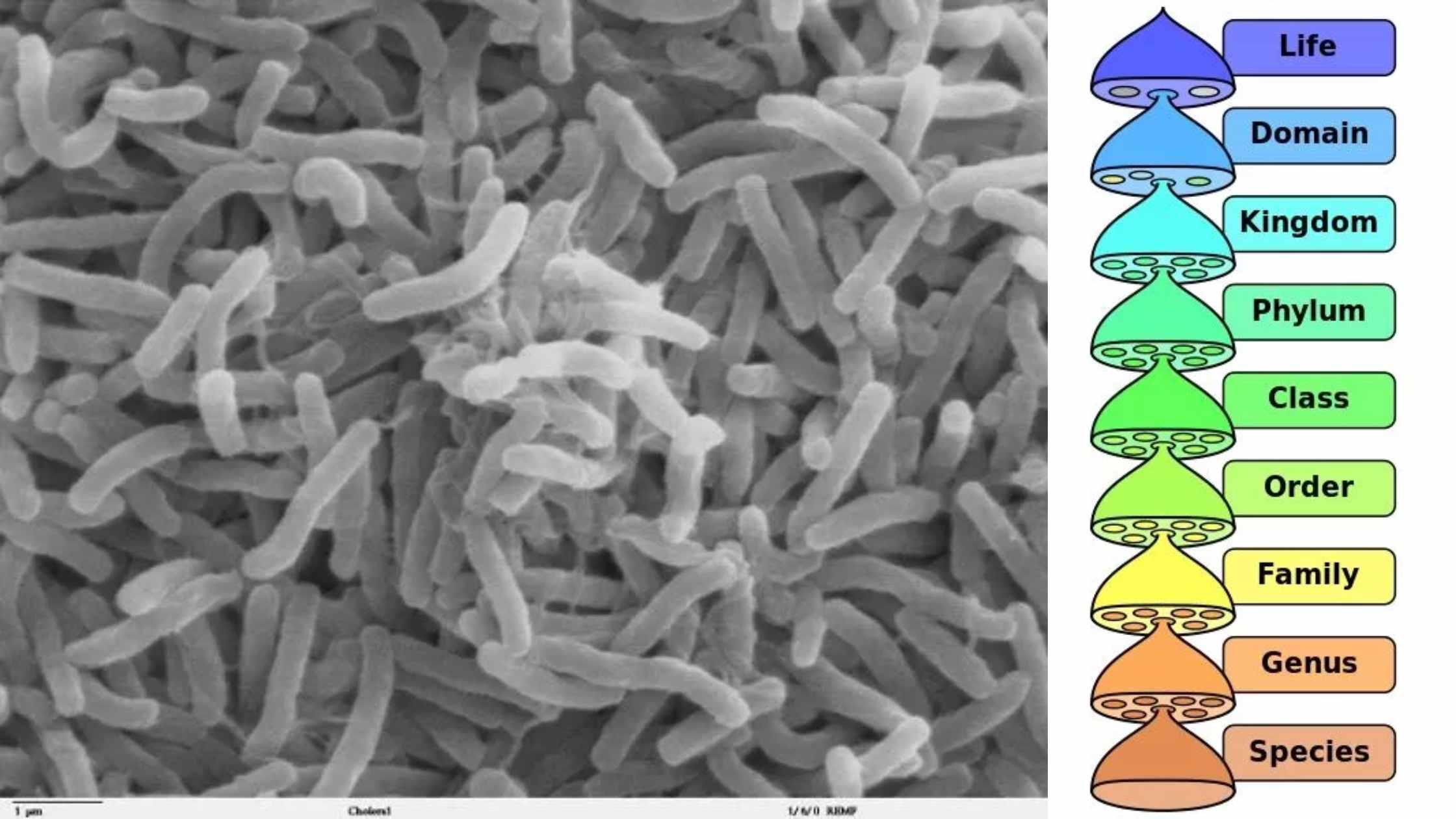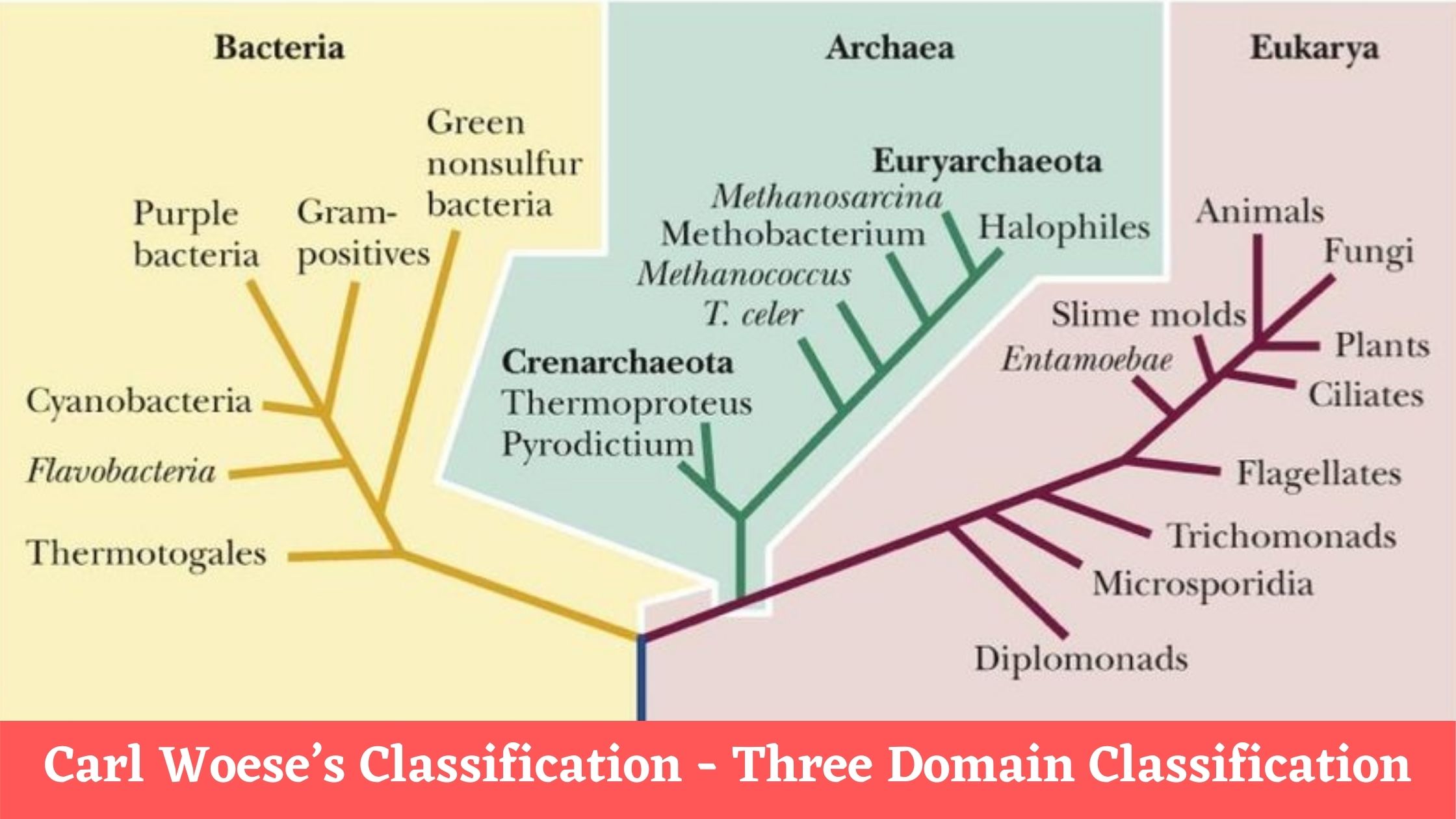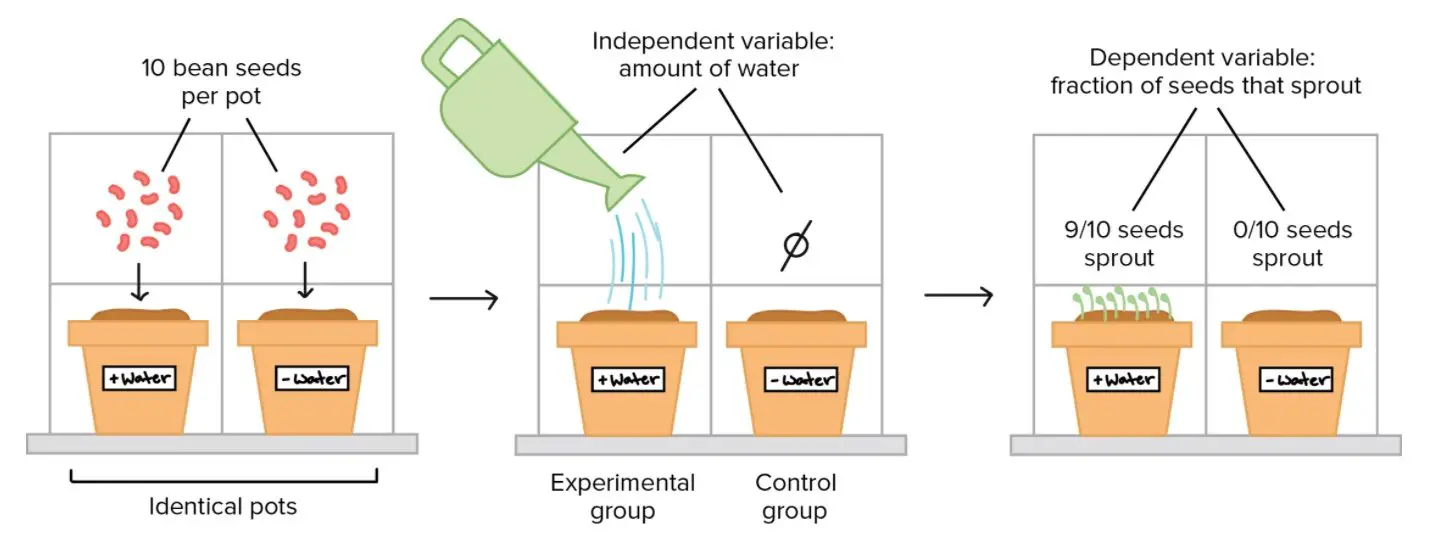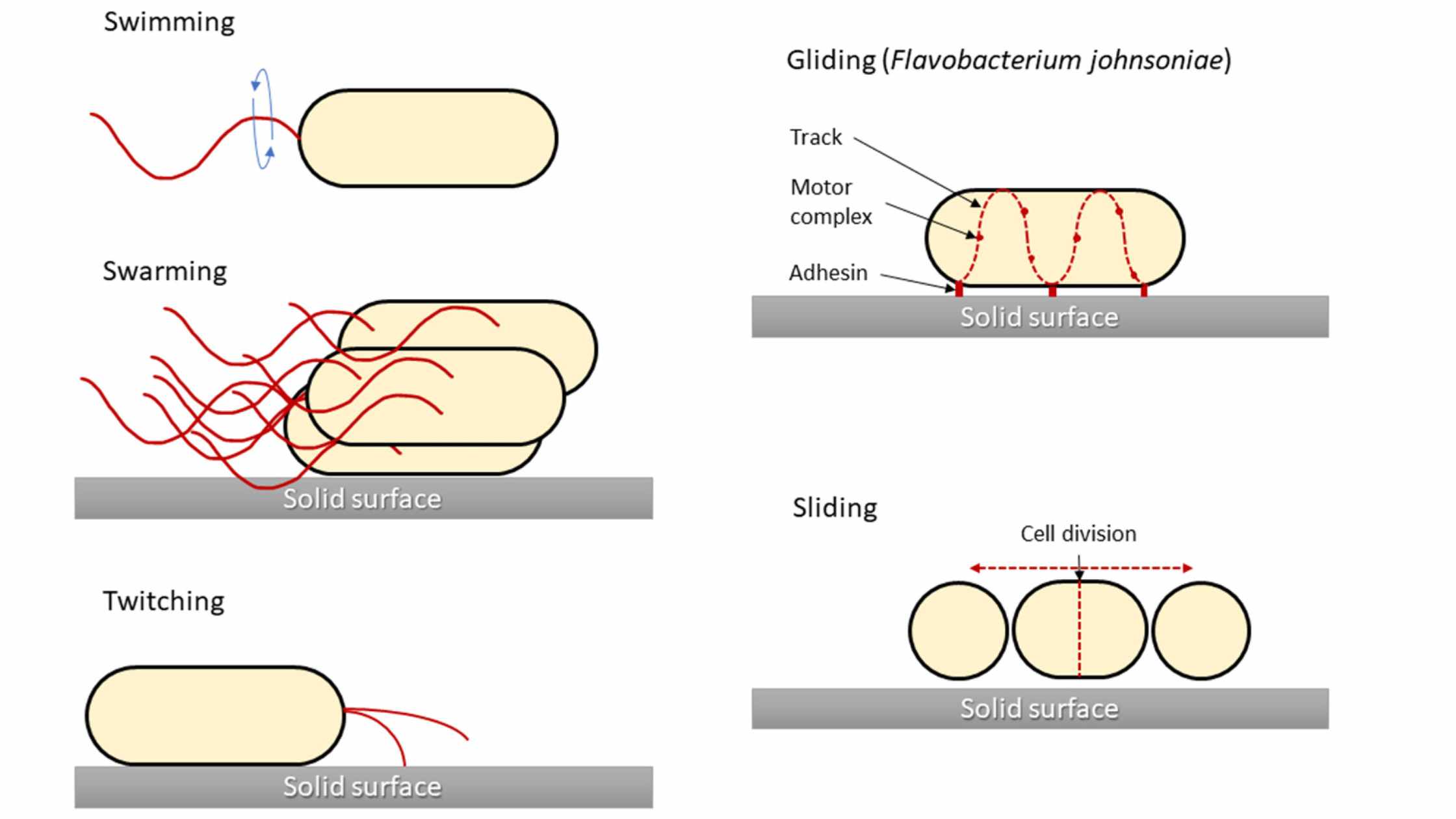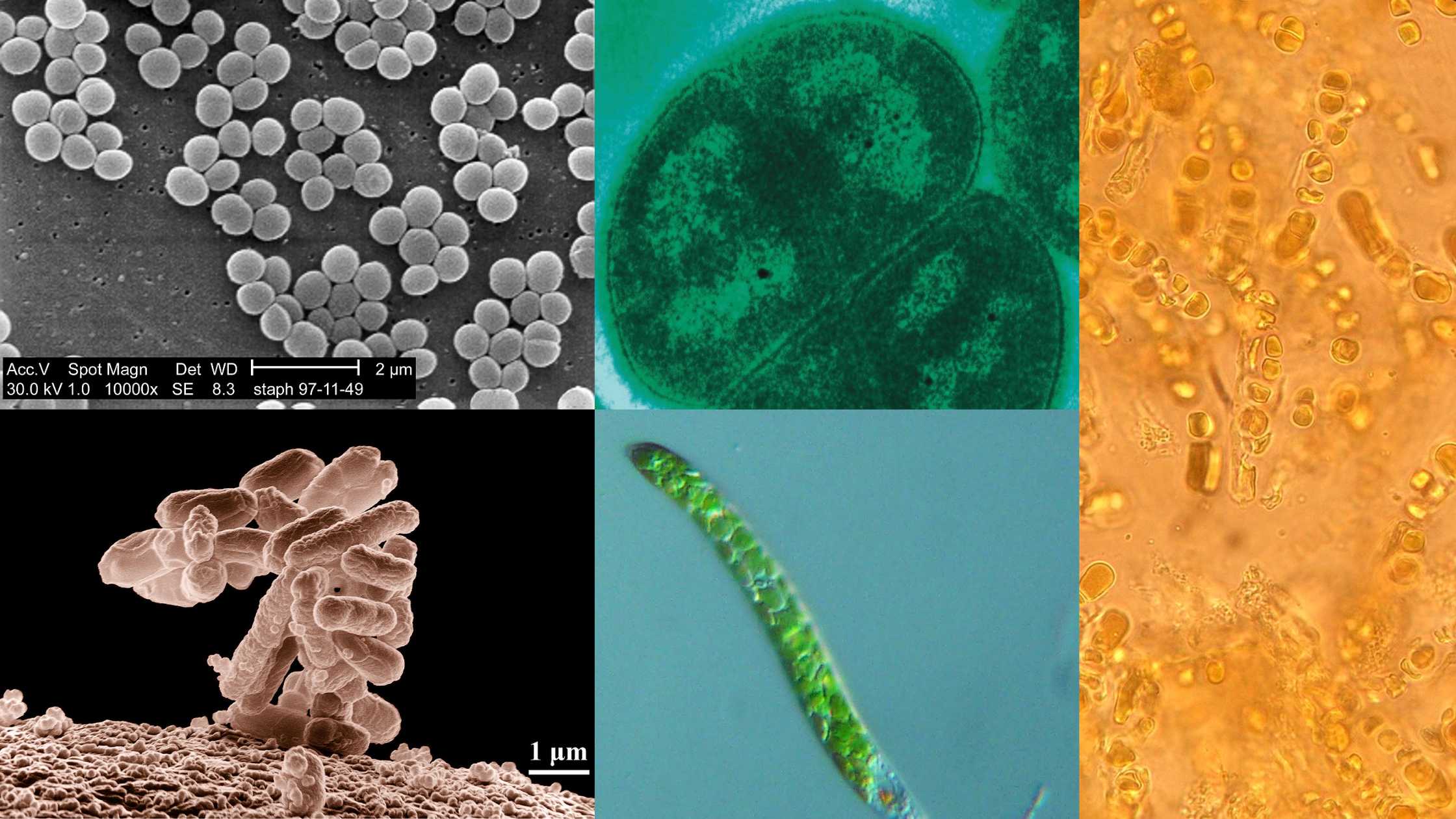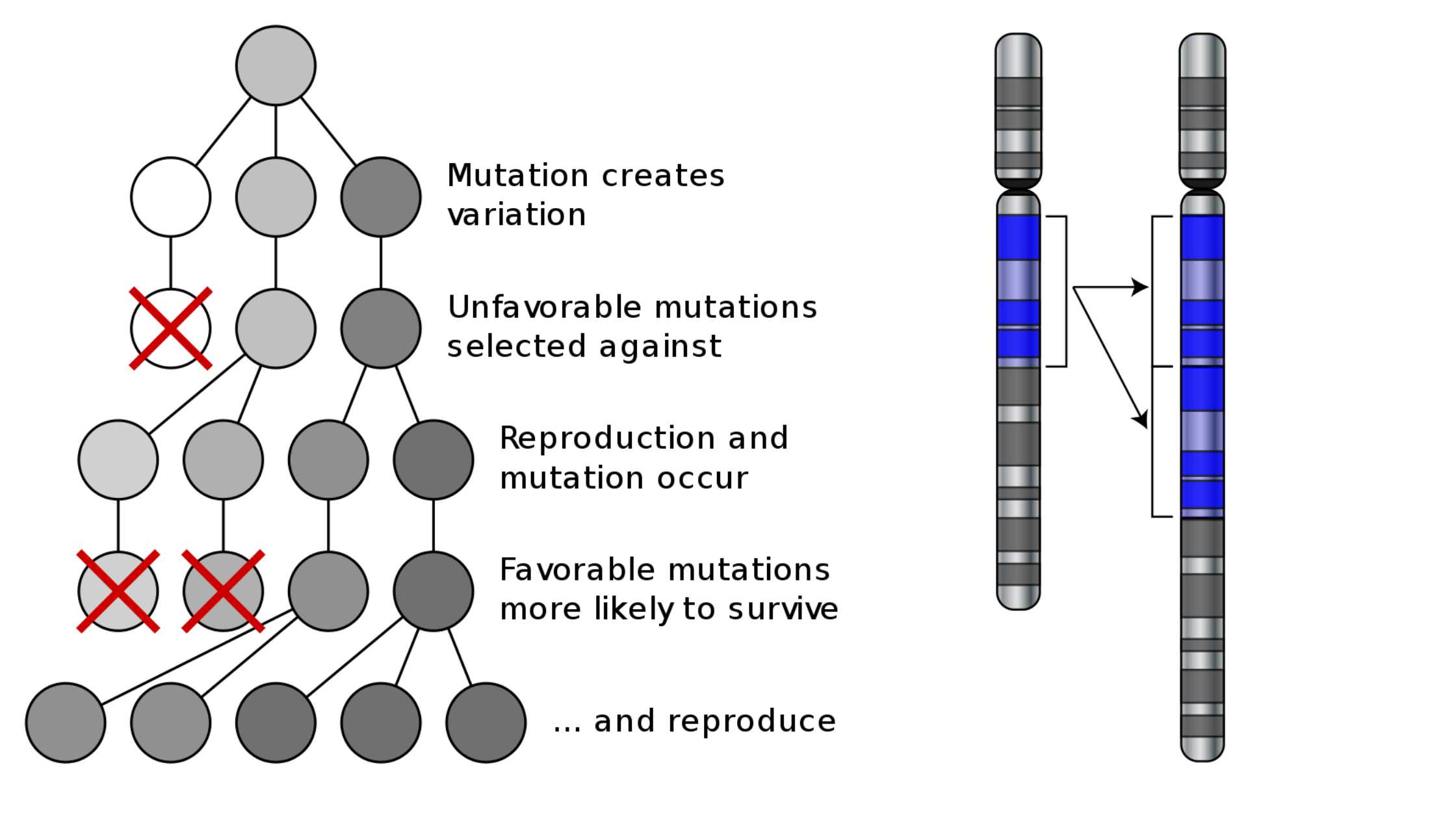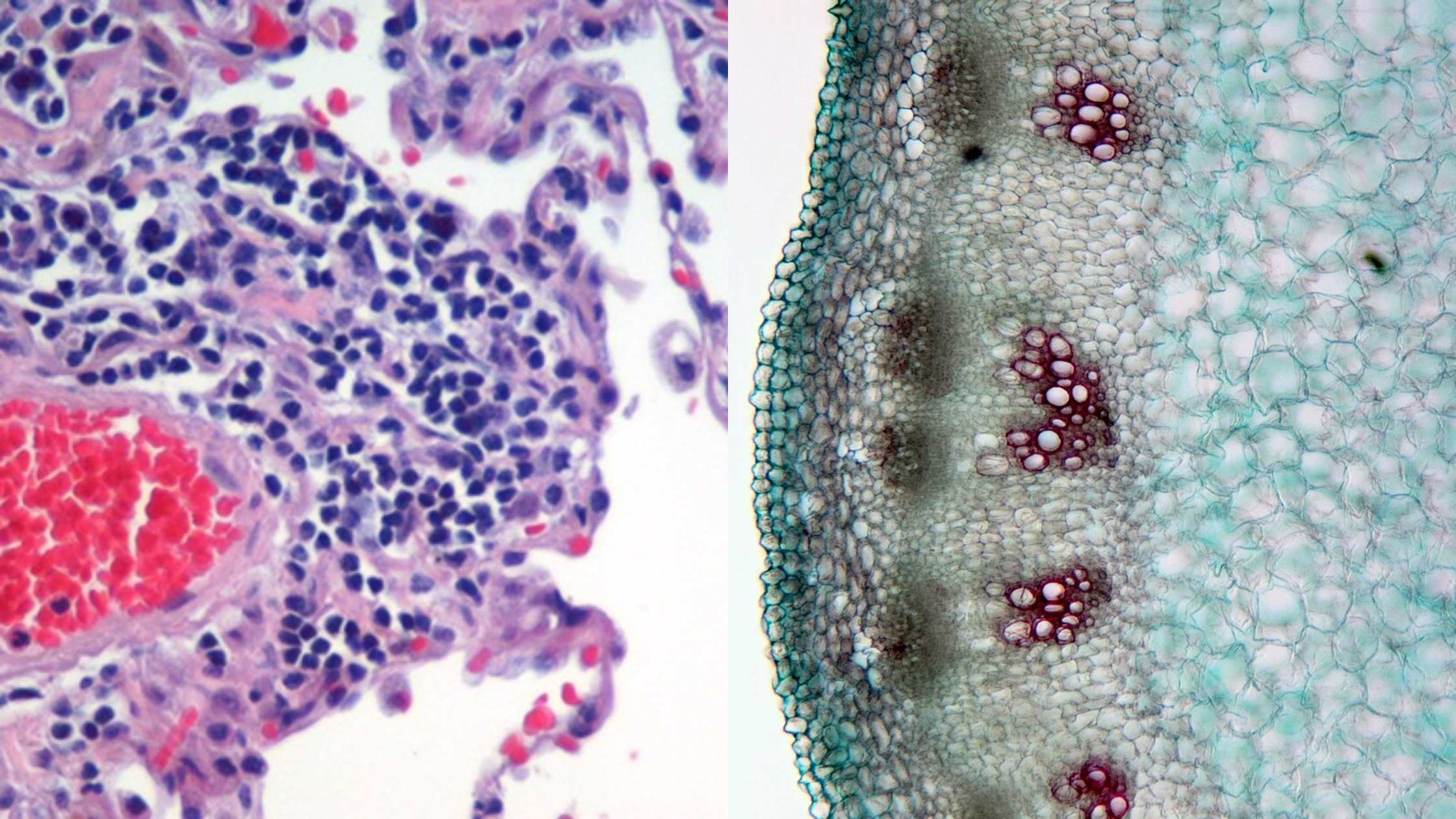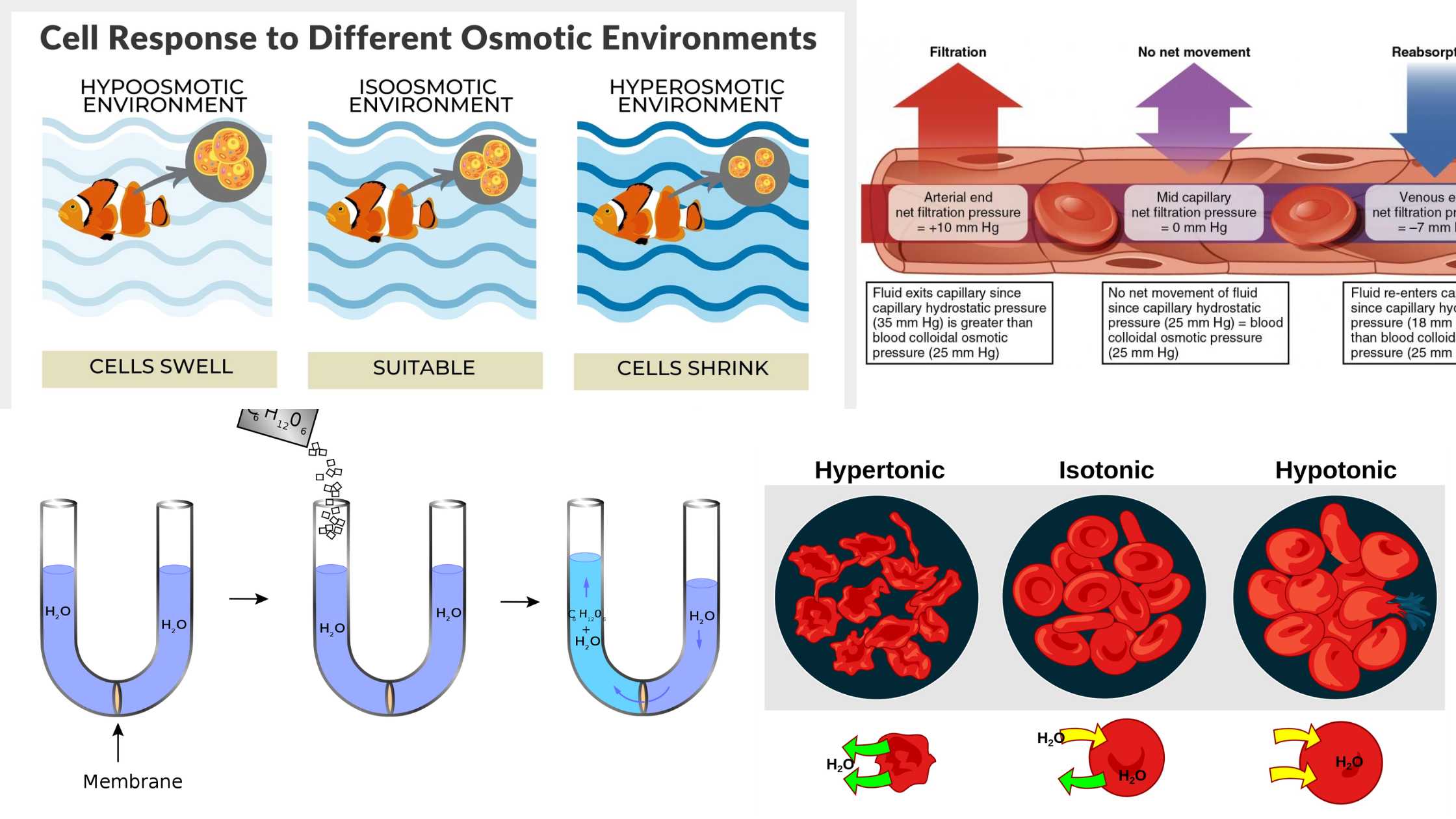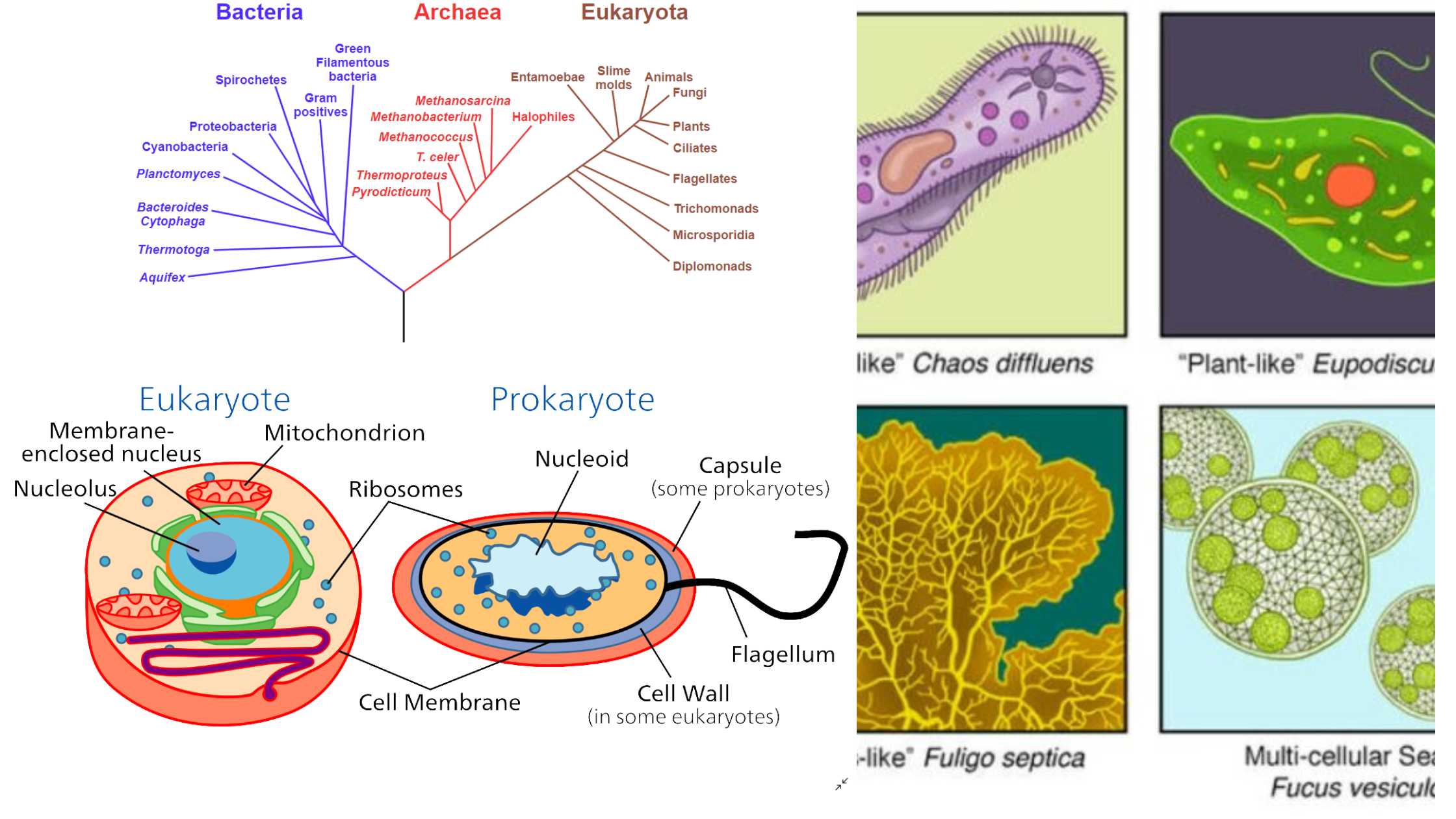Domain – Definition, Development, Importance, Examples
What is Domain? Definition of Domain In biology, a domain is the highest taxonomic rank used to categorize and group organisms based on shared characteristics and evolutionary history. Domain in the Tree of Life Development of the Domain System The conception and evolution of the domain system, a fundamental framework for the classification of life, … Read more
